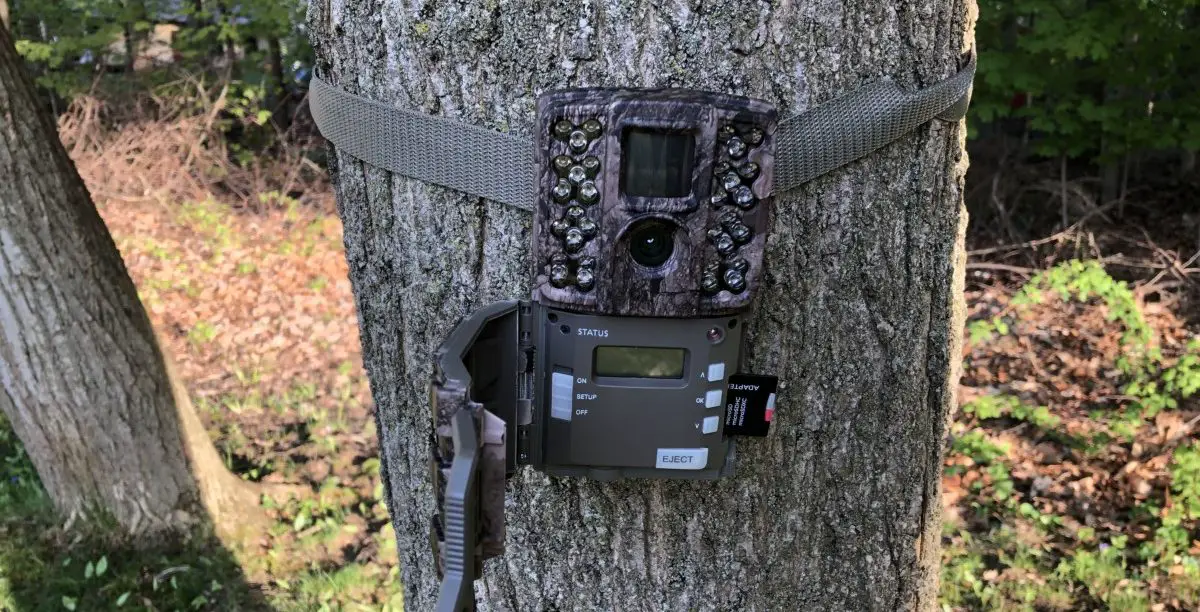


As seen in the graphic above the class will be designated with a the number "1" or "3" encompassed by the letter "U". The number is shown inside the "C" simply correlates with the minimum writing speeds as listed belowĪs noted in the previous section, Card Types, there are a few cases where SDXC cards can be utilized with trail cameras. The speed class categorization is based on minimum writing speeds as shown in the chart from the SD Association. Speed Class cards, most commonly used with trail cameras, are designated on the card with a number encompassed by the letter “C” like the photo above. If you are using UHS or VSC class cards you’re liking paying for performance that won’t be seen when using them with trail cameras. The latter two do not really concern us as trail camera users. Numbers from the LIFT II were used for illustration purposesĬards are categorized into 3 classes designated by their minimum writing speeds “Speed Class”, “UHS Speed Class”, and “Video Speed Class”. *File sizes will differ from model to model, manufacturer to manufacturer due to software. I've never heard anyone complain about having extra storage on their cards.īelow is a generalized chart giving you some tangible data to reference with card capacities. This can get tough when using smaller capacity cards because every camera model will write different size files due to hardware/software differences. A good rule of thumb that we follow at Exodus is to only account for 75% of max card capacity just in case the soak is longer than anticipated. Your card selection should easily accommodate those answers. How long do I anticipate before swapping cards?.The thought process when selecting a card type for your trail camera should be dependent on two things. SDXC typically ranging from 64GB to 2TB with an exFAT file system.SDHC cards contain 4GB to 32GB of storage with a FAT 32 file system.

SD cards contain up to 2GB of storage with a FAT 12 or 16 file system.The main difference between types is simply storage capacity and their filing system. With advancements in hardware designs in trail cameras you will also start seeing the ability to utilize SDXC (Secure Digital eXtended Capacity) depending on the manufacturer and camera model…As seen in our LIFT II model accepting up to a 64GB card. Skipping over all the does not apply to the trail camera world, the two most common types of cards used are SDSC (Secure Digital Standard Capacity) and SDHC (Secure Digital High Capacity). We all know what SD cards look like and their purpose so let's take a minute to look at the technical differences and best practices to save some frustration. The bottom line is SD cards are usually treated like a red headed step child (apologies if that statement holds true to any readers) but truthfully they are as vital to the performance of your camera as the camera itself. Although we may not all know the technical differences between cards, we do know what function they serve and how seamlessly they store data.īut what about the problematic times…when the camera doesn’t write to a card, you have the corrupt files, or you experience any number of the other glitches? Is it the camera? Maybe the batteries? The card? User error? Or a combination? It’s hard to imagine something so small and typically an afterthought when talking trail cameras can literally bring a grown man to his knees….not to mention the number of free-flowing cuss words! While we are all overwhelming fortunate to be past the 35mm Trail Camera era, the digital revolution hasn’t eliminated all of our user frustrations tied to poor data recording or the lack thereof. Posted on by Chad Sylvester SD Cards and Trail Cameras - Why you could be wasting your money!


 0 kommentar(er)
0 kommentar(er)
